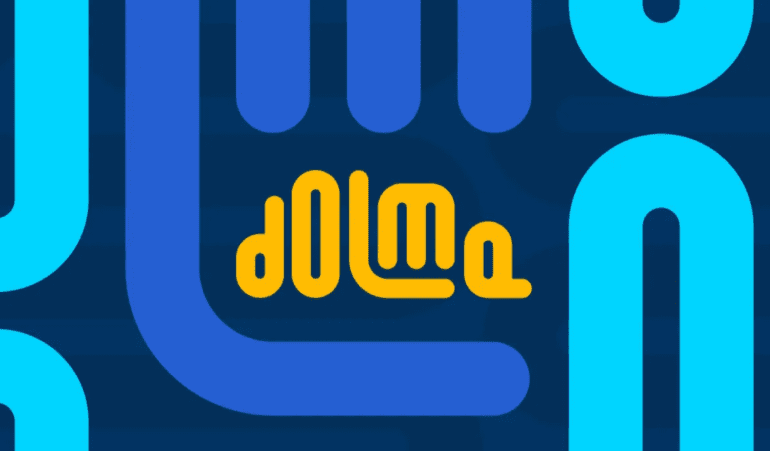TL;DR:
- AI2 introduces Dolma, an expansive open text dataset.
- Dolma serves as the foundation for the forthcoming open language model OLMo.
- Unlike proprietary models, Dolma champions transparency and accessibility.
- AI2 explains the meticulous processes behind Dolma’s creation.
- Industry giants’ secrecy raises concerns about data ethics and transparency.
- Dolma’s colossal 3 billion tokens make it the largest accessible dataset.
- ImpACT license ensures responsible usage, sharing, and derivatives of Dolma.
- AI2’s Dolma initiative fosters openness and clarity for researchers.
Main AI News:
In a groundbreaking move, the Allen Institute for AI (AI2) has shattered the conventional secrecy shrouding language model training data by releasing Dolma, an expansive text dataset. Unlike the closely guarded archives upon which models like GPT-4 and Claude thrive, Dolma is ushering in a new era of transparency and accessibility.
Dolma, christened after “Data to feed OLMo’s Appetite,” is poised to serve as the cornerstone for AI2’s upcoming open language model, OLMo. Just as OLMo is intended to be harnessed and adapted by the AI research community, AI2 asserts that the dataset itself should be freely accessible for its creation.
This groundbreaking stride represents AI2’s inaugural “data artifact” release connected to OLMo. In a comprehensive blog post, Luca Soldaini of AI2 delves into the thought process behind source selection and the rationale underpinning the meticulous steps taken to make the data consumable for AI applications. A more exhaustive paper, detailing their efforts, is forthcoming.
While companies like OpenAI and Meta do reveal certain statistics about their dataset compositions, much of this information is jealously guarded. The opacity stemming from this practice has raised concerns about accountability and the ethics of data acquisition. It has even sparked speculation about unauthorized access to copyrighted content.
A chart provided by AI2 illustrates the gaps in information divulged by the industry giants. Questions loom: What motivates the omission of certain data points? How are judgments made regarding text quality? Are privacy-sensitive details conscientiously expunged? The competitive climate within the AI sector may provide a rationale, yet for external researchers, these practices cloud understanding and impede replication.
In stark contrast, AI2’s Dolma epitomizes openness. Every aspect of its origin and processing, including its curation from original English language texts, is meticulously documented for public scrutiny.
The open dataset initiative is not unprecedented, but Dolma reigns supreme. With a colossal 3 billion tokens – a yardstick of content volume native to AI – Dolma trumps its predecessors in scale. AI2 champions Dolma’s accessibility and clarity, asserting that it outshines its counterparts.
Employing the “ImpACT license for medium-risk artifacts,” Dolma mandates that users:
- Share contact information and delineate intended applications
- Disclose derivatives spawned from Dolma
- Extend the same licensing terms to derived works
- Abstain from deploying Dolma in prohibited domains such as surveillance or disinformation
For those concerned about inadvertent inclusion of personal data, AI2 offers a targeted removal request form, catering to specific cases rather than a broad, sweeping request.
Conclusion:
AI2’s introduction of Dolma marks a pivotal moment in the language model training landscape. By prioritizing openness and accessibility, AI2 not only addresses existing transparency concerns but also propels the AI research community toward new avenues of exploration and innovation. This move is likely to catalyze a shift in market practices, encouraging other players to embrace a more transparent approach to dataset curation and utilization.

